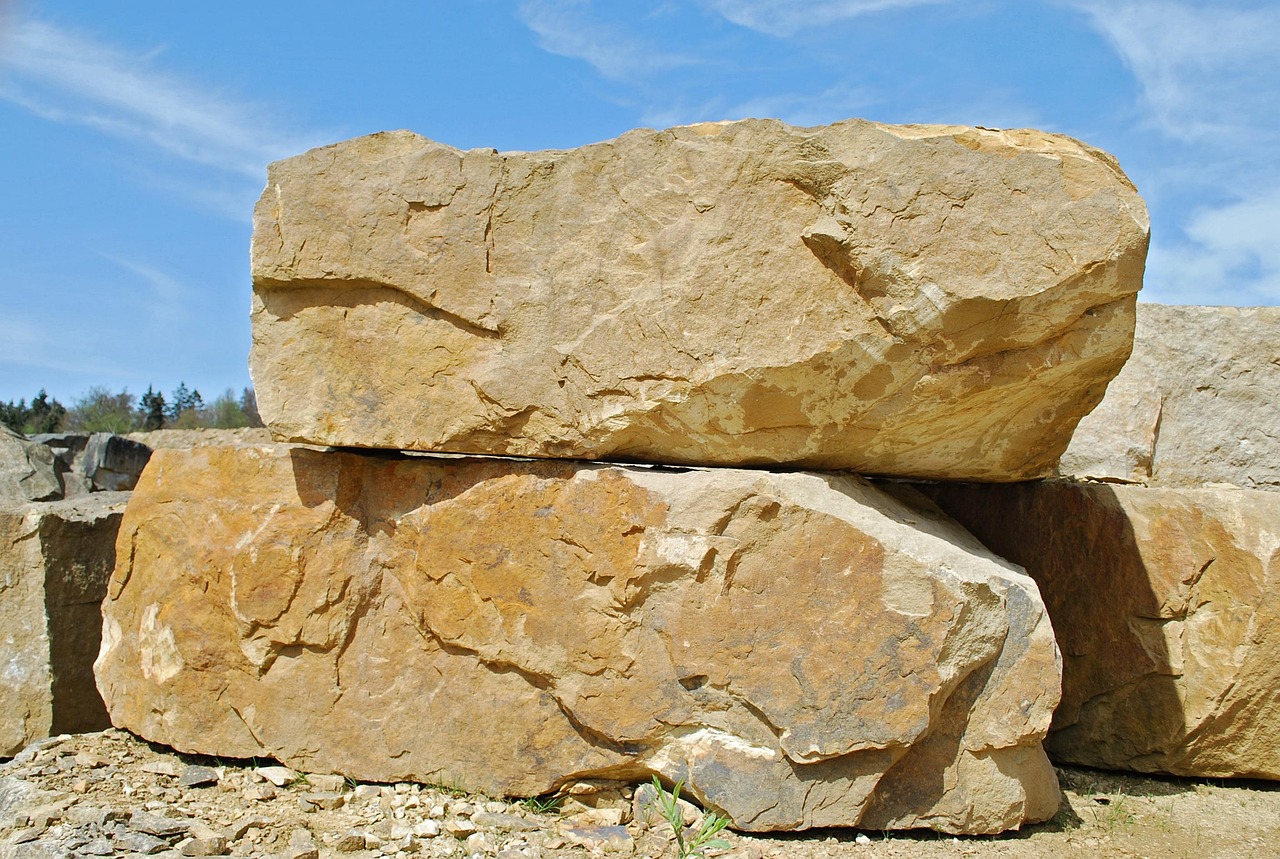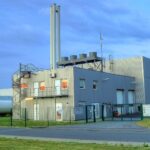Water cycle restoration projects and Great Basin Water explained
Water cycle restoration projects and Great Basin Waterfor Southern Nevada: Efforts to export groundwater from counties like Clark, Lincoln, and White Pine to Las Vegas are ongoing
The Great Basin’s Thirst: A Cycle in Crisis
The sun-baked Great Basin, home to vast landscapes, faces a water crisis. Evaporation, the engine of its water cycle, leaves behind a stark reality: water use has outpaced replenishment.
The future of this treasured region hinges on addressing this shortage. Conservation, innovative irrigation, and sound policy are the tools we need to restore the water cycle, protect the environment, and secure a thriving Great Basin for future generations.
The Great Basin: A Thirsty Land
TL;DR: The Great Basin is a dry region that relies heavily on groundwater, but climate change and overuse are causing water shortages. Water conservation, new irrigation methods, and changes in how we use water are all needed to ensure the future of this region.
Water’s Journey in the Great Basin
The Great Basin, a vast high-desert region in the western United States, is known for its dry climate. While it might seem like a barren wasteland, water is constantly moving through this region in a cycle, just like everywhere else.
The Water Cycle in the Great Basin
- Evaporation: The sun heats water from lakes, rivers, and even the soil, turning it into vapor that rises into the air.
- Condensation: As the water vapor cools, it condenses back into tiny water droplets, forming clouds.
- Precipitation: When the clouds get full, they release the water as rain or snow, sometimes falling onto the land as snow that melts later.
- Runoff: Some of the rainwater flows over the land, collecting in rivers and streams.
- Infiltration: Some of the water soaks into the ground, replenishing groundwater.
Groundwater: The Great Basin’s Lifeline
The Great Basin relies heavily on groundwater, which is water stored underground. This water is a valuable resource for people, plants, and animals, but it’s not unlimited.
The Challenges of Water Scarcity
Over the years, water use in the Great Basin has exceeded the amount of water naturally replenished, leading to a shortage. Here’s why:
Climate Change: A Threat to the Water Cycle
- Less Precipitation: Climate change is causing shifts in weather patterns, resulting in less rainfall and snowfall in the Great Basin.
- More Evaporation: With hotter temperatures, water evaporates faster from the ground, lakes, and rivers.
- Melting Snowpack: Snowpack, a vital source of water for the region, is melting earlier and faster each year.
Growing Demand:
- Population Growth: The population in the Great Basin, especially in places like Las Vegas, is growing, increasing the demand for water.
- Agriculture: Farming and ranching in the region also use a significant amount of water.
Water Shortages and Their Impact:
- Dwindling Groundwater Levels: With less water coming in and more being used, groundwater levels are dropping.
- Reduced Streamflow: Rivers and streams have less water flowing through them, affecting fish, wildlife, and habitats.
- Ecosystem Degradation: The lack of water is putting a strain on the delicate ecosystems of the Great Basin.
Finding Solutions to a Thirsty Future
The good news is that we can take steps to address the water shortage in the Great Basin and ensure a sustainable future for this important region. Here are some possible solutions:
Water Conservation
- Smart Irrigation: Using efficient irrigation systems that deliver water only when and where it’s needed can dramatically reduce water use in agriculture.
- Water-Wise Landscaping: Choosing drought-tolerant plants and using water-efficient gardening practices can save water in homes and businesses.
- Leak Detection: Fixing leaks in pipes and plumbing can prevent a significant amount of water waste.
- Water-Saving Appliances: Using water-efficient appliances, like dishwashers and washing machines, helps conserve water in homes.
Innovative Irrigation
- Drip Irrigation: This system delivers water directly to plant roots, minimizing evaporation and runoff.
- Precision Irrigation: Sensors monitor soil moisture and automatically adjust watering schedules, optimizing water use.
- Mulching: Applying a layer of mulch around plants helps retain moisture and reduce evaporation.
Policy Measures
- Water Allocation: Implementing policies that regulate water use, prioritize needs, and ensure fair distribution of water resources.
- Groundwater Management: Establishing sustainable pumping limits and managing groundwater levels to prevent depletion.
- Financial Incentives: Providing financial assistance for water conservation efforts and promoting water-saving technologies.
Active Climate Rescue Initiative
- Climate-Rescue.org is an organization working towards restoring the Great Basin’s water cycle.
- They focus on restoration projects that use natural solutions to increase water storage and reduce water loss.
- They help communities implement sustainable water practices and promote drought resilience.
A Future for the Great Basin
The Great Basin is a valuable part of the American landscape, and its future depends on addressing the water shortage crisis. By embracing water conservation, innovative irrigation techniques, and sound policy measures, we can help restore the water cycle, protect the environment, and ensure a healthy and thriving Great Basin for generations to come.
More on Water cycle restoration projects…
- ## SEO Keywords for Water Cycle Restoration Projects and Great Basin Water:
- General Water Cycle Restoration:
- Water cycle restoration projects
- Water cycle restoration strategies
- Water cycle management
- Water cycle sustainability
- Restoring the water cycle
- Water conservation projects
- Watershed restoration
- Sustainable water management
- Drought mitigation strategies
- Climate change adaptation for water
- Water cycle resilience
- Water cycle monitoring
- Water cycle modeling
- Water resources management
- Water quality improvement
- Hydrological restoration
- Great Basin Water:
- Great Basin water resources
- Great Basin water management
- Great Basin drought
- Great Basin water conservation
- Great Basin water scarcity
- Great Basin water projects
- Great Basin water supply
- Great Basin water policy
- Great Basin water sustainability
- Great Basin water restoration
- Great Basin aquifer depletion
- Great Basin groundwater management
- Great Basin water rights
- Great Basin water use
- Great Basin water quality
- Great Basin water cycle
- Great Basin water conservation efforts
- Great Basin water challenges
- Great Basin water solutions
- Specific Projects & Terms:
- [Specific project name] water cycle restoration
- [Specific project name] Great Basin water
- [Specific location] water cycle restoration
- [Specific location] Great Basin water projects
- [Specific location] water conservation efforts
- [Specific location] water supply challenges
- [Specific location] drought mitigation
- [Specific location] groundwater management
- [Specific location] water quality issues
- [Specific type of project] water restoration (e.g., wetland restoration, forest restoration)
- [Specific technology] water cycle restoration (e.g., rainwater harvesting, greywater systems)
- [Specific organization] water cycle projects (e.g., The Nature Conservancy, US Bureau of Reclamation)
- Water cycle restoration funding
- Water cycle restoration grants
- Water cycle restoration research
- Water cycle restoration innovation
- Long-Tail Keywords:
- Best practices for water cycle restoration in the Great Basin
- Water cycle restoration projects to address drought in the Great Basin
- The impact of climate change on the Great Basin water cycle
- How to restore the water cycle in a desert environment
- Funding opportunities for Great Basin water cycle restoration projects
- Innovative solutions for water cycle restoration in the Great Basin
- The role of water conservation in Great Basin water cycle restoration
- Water cycle restoration and its impact on biodiversity in the Great Basin
- Please Note:
- This is an exhaustive list, and you can further refine it based on specific project details, location, and target audience. You can also consider using keyword research tools like Google Keyword Planner or SEMrush to identify additional relevant terms with high search volume.




